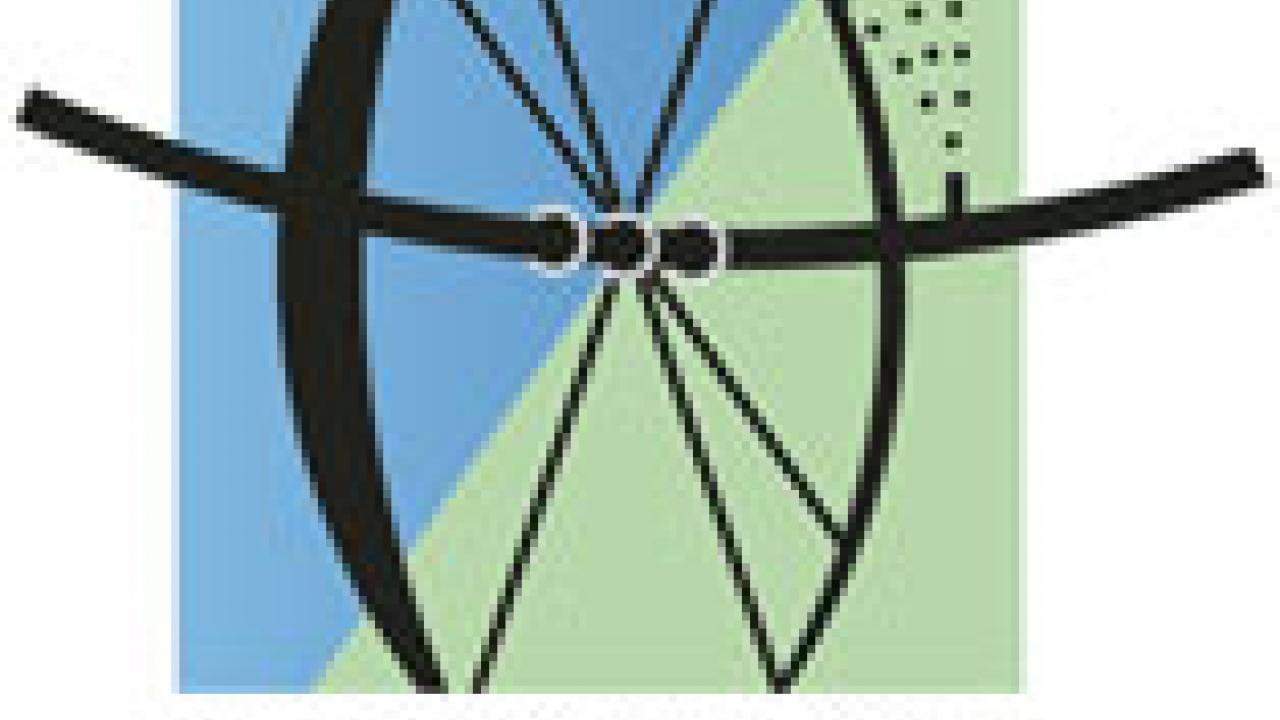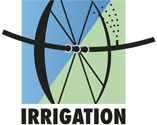
Deficit Irrigation Strategies for Alfalfa Fields
Drip irrigated alfalfa still produces surprisingly good yields under even significant deficit irrigation, at least for the first year, according to an ongoing University of California, Davis, study.
The crop produced 95 percent of full yield using two different deficit strategies slashing water by 25 percent from the Et-based recommendation, and still yielded at 80 percent with an even more drastic 50 percent irrigation cut.
"What do you do when you don't have enough water?" asked UC alfalfa and forage crops specialist Dan Putnam as he discussed the most current drip deficit irrigation studies with the growers and researchers who came to Russell Ranch outside Winters for an annual sustainable agriculture field day devoted to farm water management.

The key to deficit irrigation strategies for alfalfa, according to Putnam, begins with understanding that the crop yields best in the spring and early summer. With that in mind, he and the other researchers devised deficit irrigation strategies delivering a majority of the available water by the middle of the summer.
When water for the year was simply cut off on Aug. 13, reducing total irrigation by 25 percent, the 15 varieties in the trial still produced on average 96 percent of the yield of full irrigation.
Using a related strategy, irrigating at full Et until early July and cutting back to 50 percent the rest of the season, the varieties again still produced 95 percent of full yield.
The most drastic approach, cutting seasonal water in half by terminating irrigation in early July, reduced alfalfa yields for the year by 20 percent.
"We'll see how that goes in years two and three," Putnam said. "Subsurface drip definitely has the ability to improve yields in alfalfa. You can get better uniformity across the field, and you can get better uniformity in time."
The uniformity in time refers to the ability with subsurface drip to get water to the entire field quickly in the relatively short window between cuttings.
"We have a 28-day crop and you can't irrigate the last week before harvest, or the first week after," Putnam said. "We only have 14 days to fill the entire field. If the crop takes an extra week to get water, it has a drought effect. The crop stops growing if it doesn't have water."
Current studies are focused on confirming that the better alfalfa yields under subsurface drip have to do, at least in part, with that ability to irrigate the entire field quickly after each cutting.
"We think shortening the dry-down period is one reason the crop produces more biomass," said Daniele Zaccaria, UC Cooperative Extension water management specialist.
Other studies are focused on the effect of 30- or 40-inch drip line spacing, and different spacing and flow rates for the emitters.
"Those configurations will give us different patterns of water movement laterally and vertically," Zaccaria said. "We think it will make a difference in yield."
Most growers using subsurface drip irrigation in alfalfa enjoy substantially increased yields, the advisors said.
"We have visited more than 20 farmers' fields with subsurface drip irrigation," Putnam said. "Growers report two to three tons higher yields."
There are challenges with subsurface drip for alfalfa, however, and some of the potential problems are great enough to warrant keeping the ability to switch back to flood, just in case.
"We recommend you maintain the ability to flood irrigate," Putnam said. "It gives you the ability to fill the soil profile for salinity management, and gopher management."
Gophers love alfalfa, and they also like to gnaw on the plastic drip tape buried a foot or so below the ground.
It is also necessary to take precautions against clogging of the drip emitters, which cannot be seen.
"You also need a high level of management with water quality, or you will get clogging," Putnam said.
Despite the challenges, he said, alfalfa still shows promise as a crop in times of water shortages, particularly when grown under subsurface drip.
(Article by reporter Bob Johnson, bjohn11135@aol.com. Reprinted from AgAlert, July 6, 2016, California Farm Bureau Federation, http://www.agalert.com/story/?id=9941)
